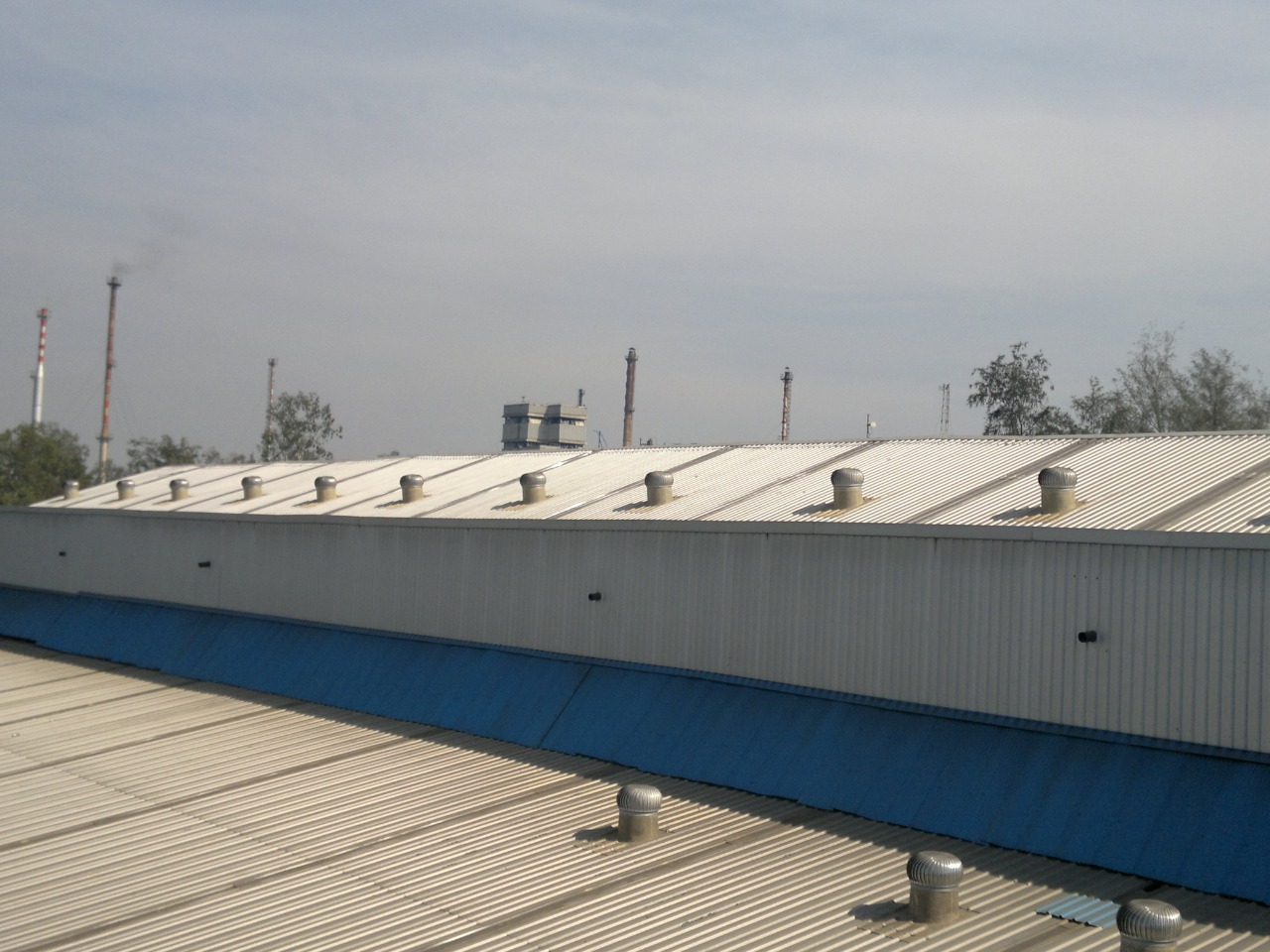What Goes Into Making A Metal Building?
Do you remember the days when buildings were constructed with just stones and wood? Certainly not! Stones & wood do act as a solid foundation, but for small buildings, not for the skyscrapers, we see around us today. They are huge, and just stones and wood wouldn’t be enough for it to stand tall. These materials are not even weather-resistant and will require constant maintenance. The simple solution here is metal buildings. Metal as a material is strong, durable, flexible, and weather-resistant and the most viable option for construction buildings.
- The construction of metal buildings is cost-effective and takes less time.
- Parts of metal buildings are easy to install.
- Parts are made up of light-weight and durable metals like steel, aluminium, zinc, and copper.
- Metal buildings are the best option to store heavy pieces of equipment and conduct manufacturing work.
- Metal buildings have a strong structure to deal with the harsh weather. Metal can stand strong for a long time and won’t rot like wood.
- Metal buildings can have an intricate structure with various colour combinations.
Now we know what metal buildings are, now let’s find out what goes into the construction.
1.Columns & Rafters
Columns and rafters are required to prepare the foundational and internal structure of the metal building. The rafters are placed horizontally and supported by columns. Columns and rafters are generally made up of steel. These two elements make the primary framing of your metal building.
2.Girts
Girts are used to stabilize the rafter and columns. Girts are basically rods, angles, and straps that provide strength and attachment to walls for cladding with metal cladding sheets.
3.Purlins
Purlins are the load-bearers for your roofing sheets. Roofing sheets are very light in weight and can break if right support is not provided. Here, purlins come to the rescue and give the desired support to the roofing sheets. Purlins are connected from your roofing sheets to walls to floors to maintain the structure and design of your roof.
4.Roofing Sheets
Metal roofing sheets or coloured roofing sheets are current trends because they can last up to 60 years and require little to no maintenance. Roofing sheets protect the building from water leakage problems, harsh sunlight, heavy rain falls, and unbearable winters. The colour coated metal roofing sheets keeps the inside temperature of the building cool.
When you go for road trips, you notice many factories in the way. If you see carefully, all the factories have at least 3-4 shiny rotating round structures attached to the roof. Ever wondered what it is? They are turbo ventilators! The job of the turbo ventilator is to remove the entrapped heat and chemical emissions from the insides of the factory, thus ensuring a healthy environment for workers.
Apart from the installation cost that is to be paid to turbo ventilator manufacturers, factories do not need to spend a single penny on the operations of the turbo ventilators. These turbo ventilators work on the natural reusable wind energy without an electricity supply. Isn’t that amazing? The turbo ventilators rotate with the help of the wind velocity. This rotating movement allows the ventilator to emit the heat out in the air and causes a natural inward flow of fresh energy to keep the inner environment of the factories cool. And not to forget, these turbo ventilators run 24/7 and 365 days, because wind never stops and it is inexhaustible.
Before you understand how turbo ventilators work, you need to know what vanes are? Vanes are thin layers of sheets that make the round structure of the ventilator. All vanes have some gaps between each other. So, when some hot air tries to pass out from the turbines, the air puts backward pressure on the vanes and makes them rotate. This rotation sucks more hot air from the room and slowly throws out the hot air through the vanes.
Sometimes, you want your factory to have more of an aesthetic look, and a huge turbo ventilator on the roof can take that away. So, to add some shine to your building, you can contact your turbo ventilator manufacturers and ask them to build the ventilators with polycarbonate sheets, aluminium sheets, steel sheets, or any material sheet that you like. But, aluminium and steel sheets lend a shiny polished look to the factory.
If you think the use of turbo ventilators is just restricted to factories, then you are wrong. They can be used for:
- Godowns
- Hospitals
- Schools
- Warehouses
- Power Houses
- Community Centres
turbo ventilators can truly help you reduce your factory’s carbon emissions and ensure the well-being of your employees. Depending on your factory size, the requirements of turbo ventilators may differ. Your turbo ventilator manufacturer can help you figure out the number of ventilators required. Also, if you are looking for building construction suppliers or advisors, check out Maxroof, your one-stop destination for all construction queries!



